Regulators, Mount Up: NTSB Presses NHTSA for Better Self-driving Safety

While the National Transportation Safety Board’s (NTSB) job isn’t to establish new regulations, it is obligated to enforce the country’s Federal Motor Vehicle Safety Standards while conducting crash investigations and making recommendations to other agencies on ways to improve vehicular safety.
Lately, that job involves telling the National Highway Traffic Safety Administration (NHTSA), an agency that does write those rules, to step up its game on autonomous vehicles.
Last week, the NTSB held a board meeting in Washington D.C. to determine the probable cause of a fatal collision between a self-driving Uber prototype and a pedestrian in March of 2018. While Uber took plenty of heat, the NHTSA also came under fire for prioritizing the advancement of advanced driving technologies over public safety.
The NTSB had been pretty hard on Uber already, so the only surprise was how much blame the group also placed upon the NHTSA. Initially, that stemmed from the ride-hailing giant’s reporting process. The Department of Transportation only requires companies that publicly test autonomous systems to submit voluntary reports — which is like to allowing children to grade their own homework.
The National Transportation Safety Board suggested that the NHTSA stop allowing business to self-assess their own safety, calling the practice “inadequate,” and implement a new reporting system that could more effectively help regulatory agencies assess how well AVs are actually doing. A recent report from Automotive News has additional context and direct quotes from NTSB staff. But the song remains the same; manufacturers and the National Highway Traffic Safety Administration both need to do a better job.
From Automotive News:
Through three iterations of its federal automated-vehicle policy, crafted across Democratic and Republican administrations over four years, NHTSA has issued voluntary guidance, not regulations.
It has suggested to manufacturers that they submit voluntary safety self-assessments, but as NHTSA has emphasized, automakers are under no obligation to do so. So far, 16 manufacturers have provided self-assessments. The quality and depth has varied.
“Some have a good amount of detail while others, frankly, read like marketing brochures,” said Ensar Becic, an NTSB human performance investigator.
We held similar opinions and fears when the DOT/NHTSA issued its “Vision 2.0” guidance proclamation, but it was NTSB board member Jennifer Homendy that echoed our concerns best.
“[The NHTSA has] put technology advancement here before saving lives,” she said. “It’s called ‘Automated Driving Systems: A Vision For Safety.’ They should rename it ‘A Vision For Lax Safety.’ This is actually laughable.”
The theory was that, by not hamstringing manufacturers with unnecessary regulation of a technology most lawmakers don’t understand, startups and automakers could accelerate its development. Yet autonomous driving doesn’t appear to be progressing as quickly as anticipated. Meanwhile, broadly reported crashes are making the public lose faith in the technology. Ditto for other safety agencies.
“The federal government is actively encouraging a corporate laboratory experience where real people are unknowingly being used as crash-test dummies,” said Jason Levine, executive director of the Center for Auto Safety. “[The NHTSA] has done nothing to provide AV safety oversight in the 18 months since Elaine Herzberg’s death … If not now, when?”
The NTSB isn’t even patting itself on the back for pointing these things out, claiming they should be obvious to all regulators.
“We feel like they’re the low-hanging fruit,” Kris Poland, deputy director of the NTSB Office of Highway Safety, said last week. The group intends to keep pushing for firmer guidelines regarding autonomous testing and reporting procedures. The NHTSA claims it welcomes any reports the NTSB puts together and will carefully review the accompanying recommendations.
[Image: Ford Motor Company]

A staunch consumer advocate tracking industry trends and regulation. Before joining TTAC, Matt spent a decade working for marketing and research firms based in NYC. Clients included several of the world’s largest automakers, global tire brands, and aftermarket part suppliers. Dissatisfied with the corporate world and resentful of having to wear suits everyday, he pivoted to writing about cars. Since then, that man has become an ardent supporter of the right-to-repair movement, been interviewed on the auto industry by national radio broadcasts, driven more rental cars than anyone ever should, participated in amateur rallying events, and received the requisite minimum training as sanctioned by the SCCA. Handy with a wrench, Matt grew up surrounded by Detroit auto workers and managed to get a pizza delivery job before he was legally eligible. He later found himself driving box trucks through Manhattan, guaranteeing future sympathy for actual truckers. He continues to conduct research pertaining to the automotive sector as an independent contractor and has since moved back to his native Michigan, closer to where the cars are born. A contrarian, Matt claims to prefer understeer — stating that front and all-wheel drive vehicles cater best to his driving style.
More by Matt Posky
Latest Car Reviews
Read moreLatest Product Reviews
Read moreRecent Comments
- Corey Lewis It's not competitive against others in the class, as my review discussed. https://www.thetruthaboutcars.com/cars/chevrolet/rental-review-the-2023-chevrolet-malibu-last-domestic-midsize-standing-44502760
- Turbo Is Black Magic My wife had one of these back in 06, did a ton of work to it… supercharger, full exhaust, full suspension.. it was a blast to drive even though it was still hilariously slow. Great for drive in nights, open the hatch fold the seats flat and just relax.Also this thing is a great example of how far we have come in crash safety even since just 2005… go look at these old crash tests now and I cringe at what a modern electric tank would do to this thing.
- MaintenanceCosts Whenever the topic of the xB comes up…Me: "The style is fun. The combination of the box shape and the aggressive detailing is very JDM."Wife: "Those are ghetto."Me: "They're smaller than a Corolla outside and have the space of a RAV4 inside."Wife: "Those are ghetto."Me: "They're kind of fun to drive with a stick."Wife: "Those are ghetto."It's one of a few cars (including its fellow box, the Ford Flex) on which we will just never see eye to eye.
- Oberkanone The alternative is a more expensive SUV. Yes, it will be missed.
- Ajla I did like this one.


















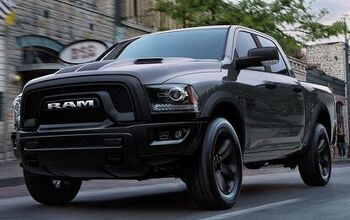
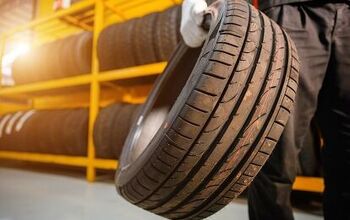
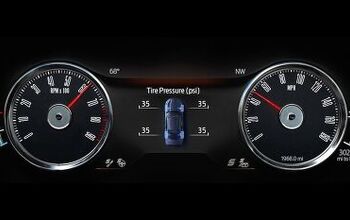
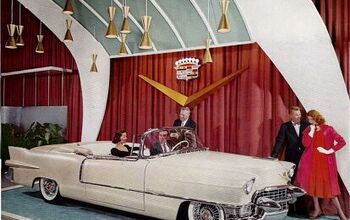
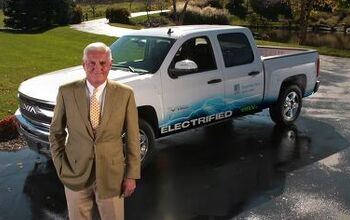
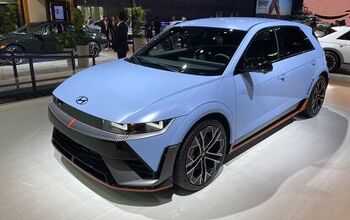
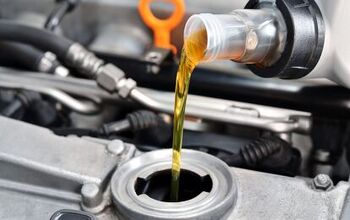
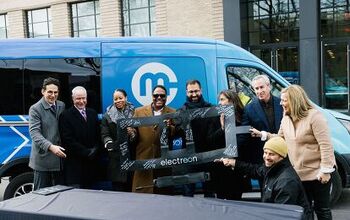
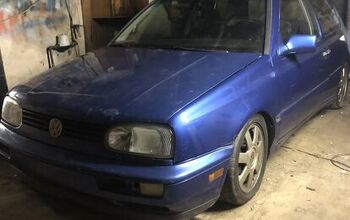
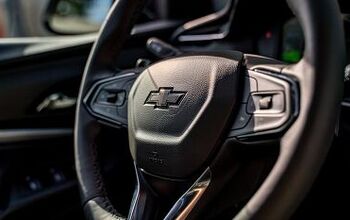
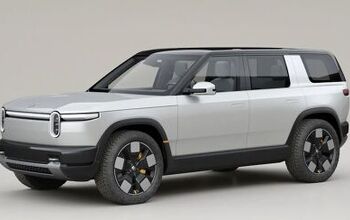
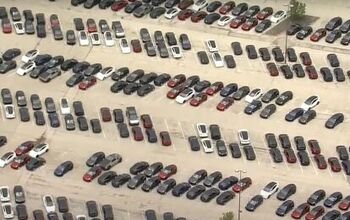


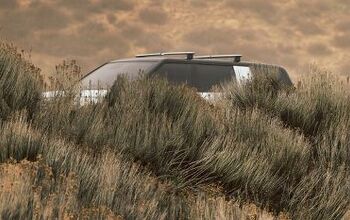
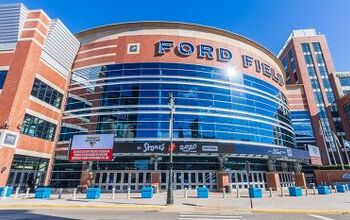
Comments
Join the conversation
Warren-G doesn't need self driving cars to get to the Eastside Motel.